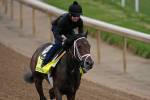


Dia de los Muertos
Day of the Dead
Illustrations by Severiano del Castillo Galvãn Las Vegas Review-Journal
Read more: Day of the Dead
The Altar
Dia de los Muertos

Levels

Fire
Fire, in the form of candles and torches, are symbols of our love for our deceased relatives and guiding lights for their spirits.
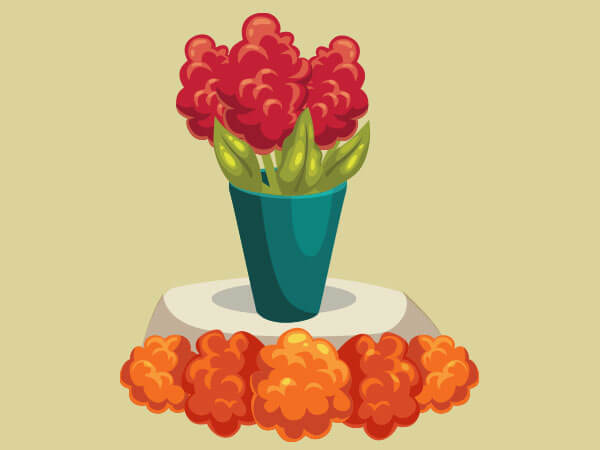
Flowers
Flowers are not just a beautiful visual addition to the altar. Yellow flowers, or cempazuchui, are a guide for the spirits into the mortal world. White flowers represent the sky, while purple flowers allude to the traditional color of mourning in Mexico.

Paper
Ofrendas usually have “papel picado,” tissue paper typically in yellow and purple and fashioned into intricate designs. They represent the union between life and death.
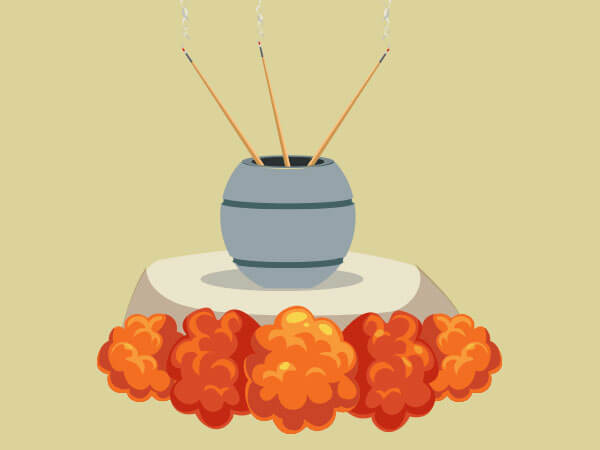
Incense
A chalice with incense is placed on the altar. It is a way to purify the souls of the dead and ward off evil spirits.

Banquet/food
To celebrate the arrival of your deceased loved ones, a banquet of their favorite food and drink is placed as an offering. Traditional food items include Pan de Muerto, rice, mole, pumpkin, sugar cane, jicama and oranges.

Calaveras
Calaveras or skulls are representations of deceased relatives. Made of sugar or chocolate, usually for the kids, the skulls are an example of the Mexican ability to celebrate, mock and play with death.
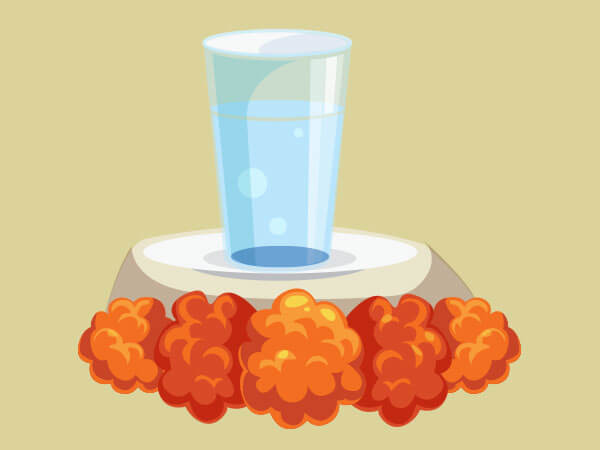
Water
A glass of water is often placed on the altar to quench the thirst of the deceased and strengthen them for their return journey.








